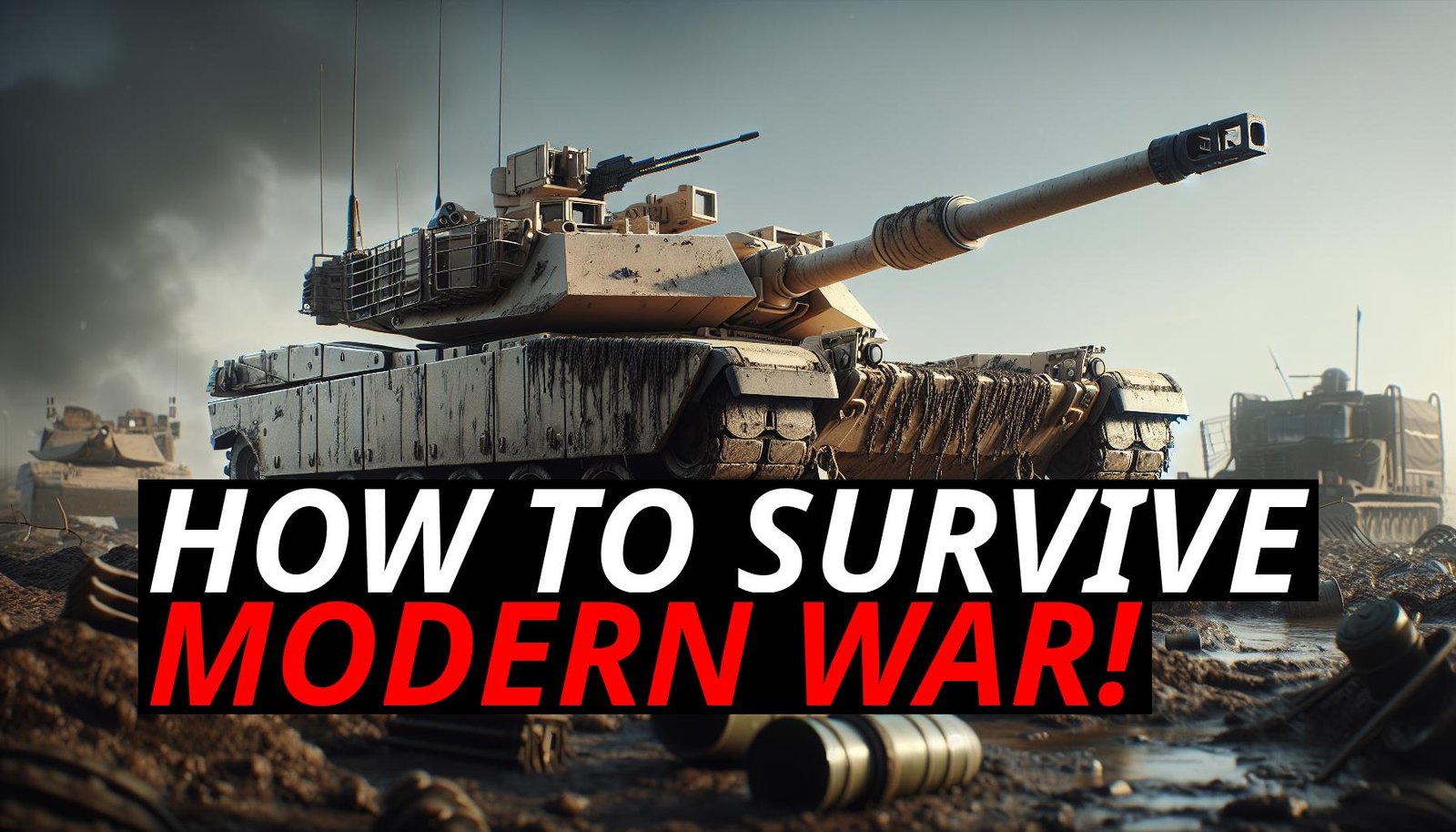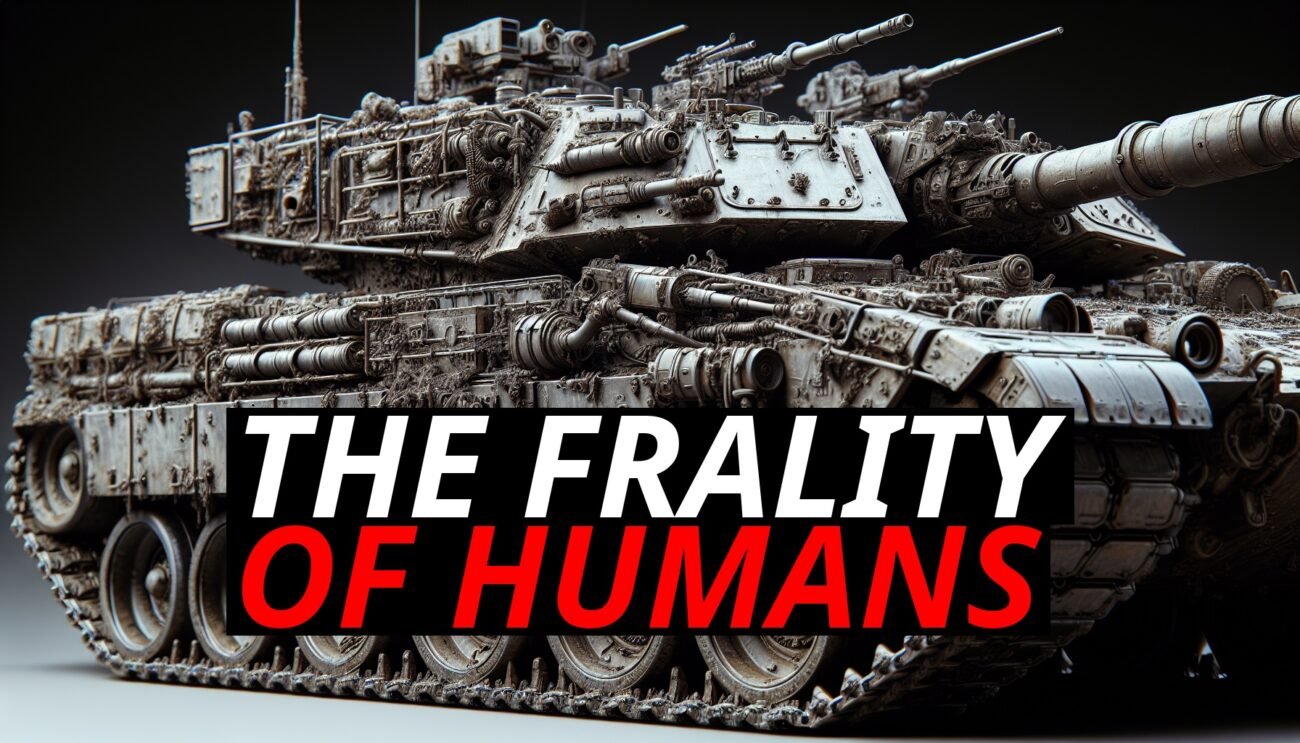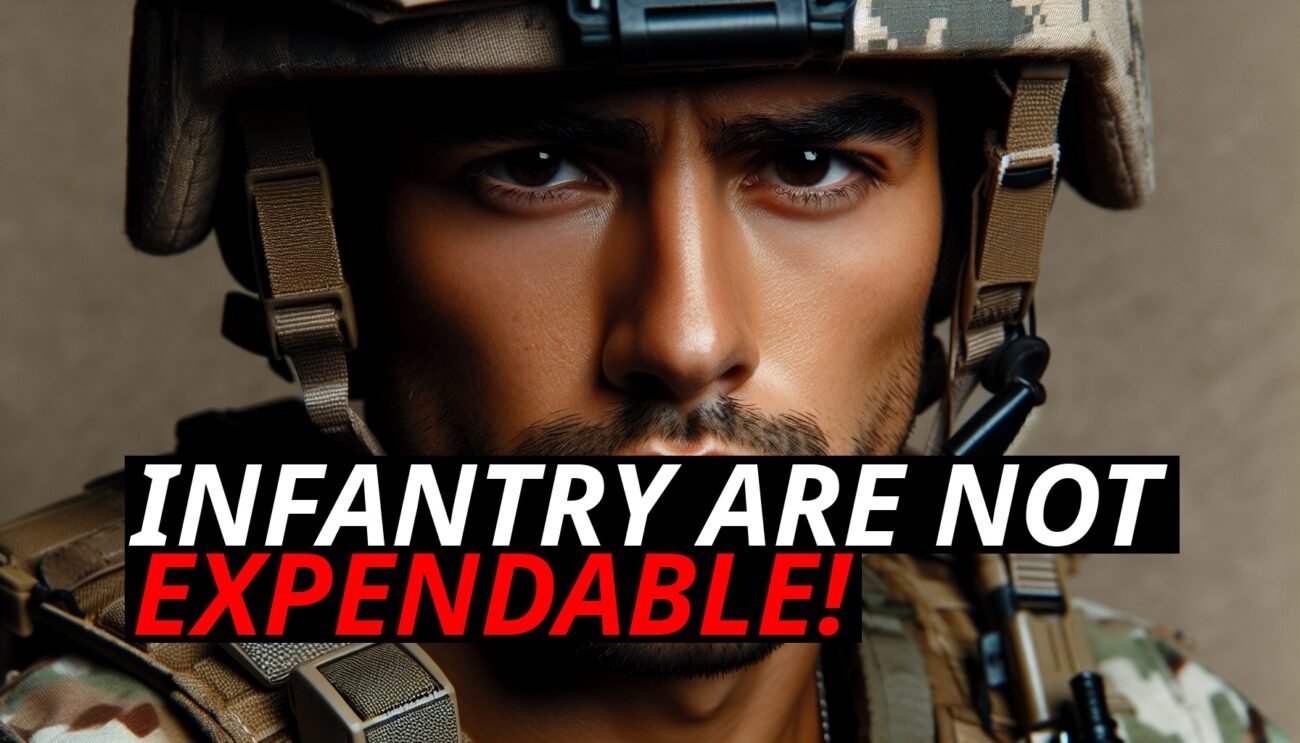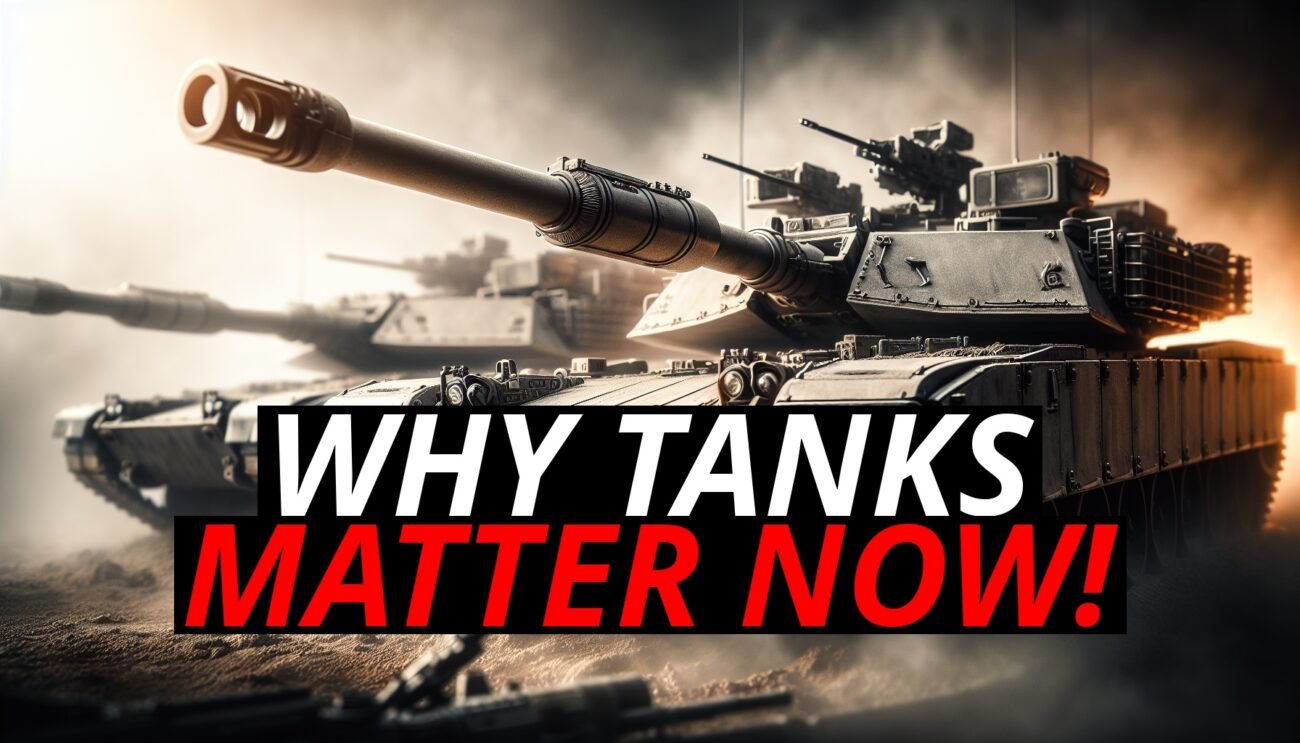The organization of military units can be categorized based on their means of survivability. These methods include not being seen, being far away, having heavy armor, and being disposable. Here’s how these categories translate into practical military divisions:
- Not Being Seen: This method is ideal for reconnaissance, logistics, and support units. These units remain hidden to avoid being targeted and are crucial for gathering intelligence and providing logistical support without engaging directly in combat. If they are seen and fired upon, they are highly vulnerable.
- Being Far Away: Artillery, mortars, and some logistics units fall into this category. They operate from a distance, reducing the likelihood of being targeted. While vulnerable if located, their range keeps them relatively safe.
- Heavy Armor: This category is primarily reserved for tanks. Tanks have the heavy armor needed to withstand direct hits, reducing the chance of being disabled and minimizing crew casualties if they are. They are also more likely to be repairable after being disabled. Tanks are the only units designed to survive direct frontline combat and should be the primary units in such roles.
- Being Disposable: Drones and other unmanned systems can take on risky tasks without risking human life. They are valuable for reconnaissance, targeted strikes, and other roles where the loss of the unit does not equate to a human casualty.
Armored Divisions
Armored divisions are the backbone of modern combat operations. They consist of tanks and tracked support vehicles designed to engage directly with enemy forces. The main components of armored divisions include:
– Tanks: These are the primary combat units, designed to absorb enemy fire and engage in direct combat. Tanks force the enemy to react, diverting fire away from less armored units.
– Tracked Infantry Fighting Vehicles (IFVs): These vehicles carry infantry into battle, providing protection and firepower support. While they have autocannons and can engage lighter targets, they should avoid direct combat with enemy tanks.
– Tracked Artillery and Mortar Carriers: These units provide long-range fire support. Their tracked nature allows them to keep up with tanks and remain mobile, enabling them to reposition quickly after firing.
– Anti-Aircraft Vehicles: These are crucial for protecting armored columns from aerial threats. They are equipped with weapons capable of engaging enemy aircraft and ensuring the airspace around armored units is secure.
– Logistics Units: Essential for maintaining the operational effectiveness of tanks and artillery, logistics units provide the necessary supplies, ammunition, and repairs to keep the division combat-ready.
– Infantry in IFVs: These troops provide support for armored units, engaging in reconnaissance, casualty recovery, and securing areas once tanks have moved forward. They should avoid direct combat whenever possible.
In armored divisions, tanks should be responsible for the vast majority of direct combat. Other units provide support, fire from a distance, or handle logistical tasks without being exposed to enemy fire.
Light Mechanized Divisions
Light mechanized divisions are designed for greater mobility and flexibility but are less suited for direct, high-intensity combat compared to armored divisions. They consist of wheeled vehicles and are used for support and secondary roles. Components include:
– Wheeled Armored Personnel Carriers (APCs) and IFVs: These vehicles are more mobile but less protected than their tracked counterparts. They carry infantry and provide fire support but should avoid direct engagement with heavily armored enemy units.
– Wheeled Artillery and Mortar Carriers: These units provide indirect fire support from a distance. Their mobility allows for quick repositioning, but they remain vulnerable if located by the enemy.
– Anti-Aircraft and ATGM Carriers: These vehicles provide protection against aircraft and engage enemy armor from a distance. However, they are more vulnerable than tanks and should not be used in direct tank-on-tank engagements.
– Reconnaissance Units: Light mechanized divisions often include specialized recon units that gather intelligence and identify enemy positions while remaining hidden.
In symmetrical combat, light mechanized units should not be used for direct offensive operations against heavily armored opponents. Instead, they should serve in support roles, providing fire support, engaging in defensive operations, and performing reconnaissance. Their strength lies in their mobility and ability to perform a wide range of tasks without being directly targeted.
Light mechanized units are generally lighter on logistics and cheaper to operate. However, this cost advantage only holds if they are not taking casualties. If these units are engaged in direct combat and start taking casualties, they become more expensive due to the human cost. The upfront expense of tanks is offset by their ability to minimize casualties, making them a more cost-effective option in the long run. Building and mass-producing tanks, equipment, and ammunition on assembly lines is far cheaper than training and maintaining soldiers, who require extensive training and medical care.
Given this, light mechanized units should avoid direct combat and focus on roles that utilize their mobility and flexibility. Armored divisions should handle the vast majority of direct combat operations. During offensive phases, tanks should conduct nearly all offensive operations, except in areas inaccessible to them. Light mechanized units can provide defensive support and indirect fire but should steer clear of high-intensity combat.
Artillery and mortars will greatly outnumber tanks and inflict most of the damage in any engagement. Towed artillery units are separate and attach to larger divisions for support. Infantry mortars, while technically man-portable, require trucks to deliver ammunition. Given their vulnerability, infantry mortars should only be used in circumstances where they will not be targeted with heavy weapons.
In any conflict, your enemy will shoot back, so every soldier needs a way to stay alive. This can be achieved through staying far away, remaining in stealth, employing shoot-and-scoot tactics (for mortar carriers and artillery), and utilizing the heavy armor of tanks.
During defensive operations, it is still much better to rush tanks to the defensive positions to conduct maneuvers. Although lighter units may be able to recon or slow down the enemy, it is essential that tanks are always moving and always engaged to ensure that weaker units are not fired upon. Tanks, with their heavy armor and firepower, can absorb the brunt of the attack and provide the necessary resilience to minimize human casulties.
In conclusion, the organization of modern military forces must prioritize minimizing human casualties while maintaining combat effectiveness. Armored divisions, with their heavy tanks and tracked support vehicles, are essential for direct combat roles. Light mechanized divisions, with their wheeled vehicles, offer flexibility and mobility but should avoid direct engagement with heavily armored enemies. By understanding the strengths and limitations of each unit type, military planners can optimize their strategies to achieve victory while safeguarding their most valuable asset: their personnel.













